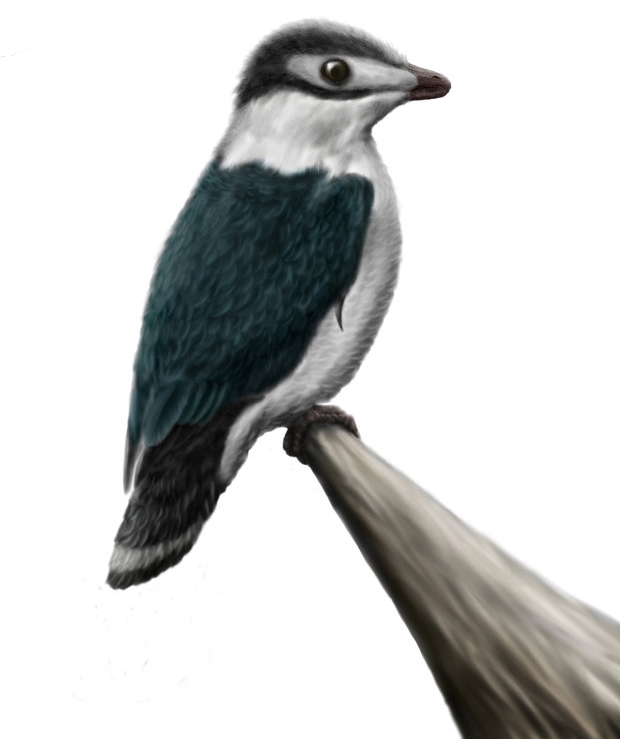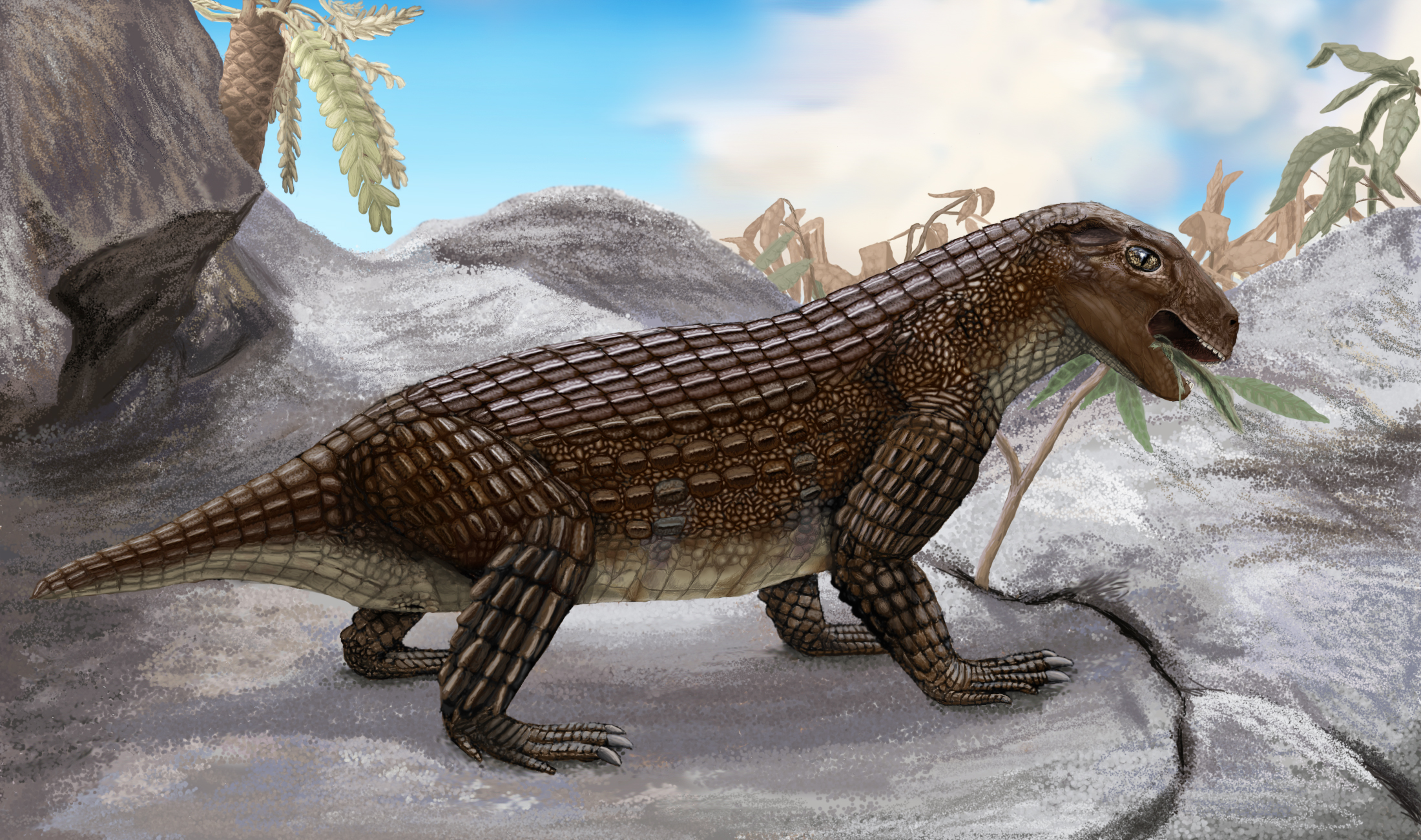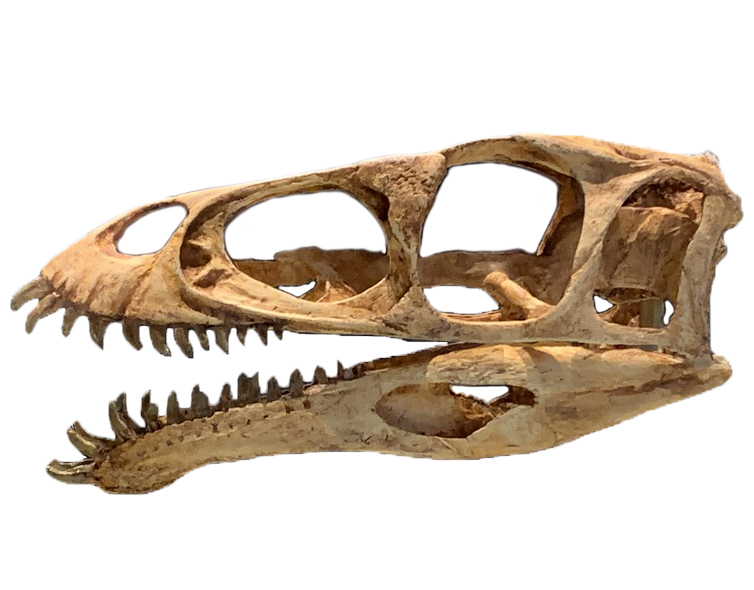|
Falcatakely
''Falcatakely'' (meaning "small scythe" from the Latin ''falcatus'' and Malagasy ''kely'', in reference to the shape of the beak) is an extinct genus of enantiornithean bird known from partial fossils from northern Madagascar. The genus contains a single species, ''Falcatakely forsterae''. Description ''Falcatakely'' is a crow-sized stem-bird that can be distinguished from all other enantiornitheans by its deep, long rostrum approx. 9 centimetres (3.5 inch) in length, which is slightly reminiscent of that of a toucan. Classification The describers' phylogenetic analyses all place ''Falcatakely'' in the Enantiornithes, though its precise position is unclear. It has been recovered as a basal enantiornithean, the sister taxon of '' Pengornis'', and in a polytomy with many other enantiornitheans. Paleoenvironment ''Falcatakely'' is known from the Maevarano Formation, then a swampy floodplain which seasonally alternated between being swampland in the wet season and dry semi ... [...More Info...] [...Related Items...] OR: [Wikipedia] [Google] [Baidu] |
Enantiornithes
The Enantiornithes, also known as enantiornithines or enantiornitheans in literature, are a group of extinct avialans ("birds" in the broad sense), the most abundant and diverse group known from the Mesozoic era. Almost all retained teeth and clawed fingers on each wing, but otherwise looked much like modern birds externally. Over eighty species of Enantiornithes have been named, but some names represent only single bones, so it is likely that not all are valid. The Enantiornithes became extinct at the Cretaceous–Paleogene boundary, along with Hesperornithes and all other non-avian dinosaurs. Discovery and naming The first Enantiornithes to be discovered were incorrectly referred to modern bird groups. For example, the first known species of Enantiornithes, '' Gobipteryx minuta'', was originally considered a paleognath related to ostriches and tinamou. The Enantiornithes were first recognized as a distinct lineage, or "subclass" of birds, by Cyril A. Walker in 1981. Walker ... [...More Info...] [...Related Items...] OR: [Wikipedia] [Google] [Baidu] |
Maevarano Formation
The Maevarano Formation is a Late Cretaceous sedimentary rock formation found in the Mahajanga Province of northwestern Madagascar. It is most likely Maastrichtian in age, and records a seasonal, semiarid environment with rivers that had greatly varying discharges. Notable animal fossils recovered include the theropod dinosaur ''Majungasaurus'', the early bird ''Vorona'', the paravian ''Rahonavis'', the titanosaurian sauropod '' Rapetosaurus'', and the giant frog ''Beelzebufo''. Description The Maevarano Formation is well exposed in the Mahajanga Basin, in particular near the village of Berivotra near the northwestern coast of the island where its outcrops have been heavily dissected by erosion. At the time it was being deposited, its latitude was between 30°S and 25°S as Madagascar drifted northward after splitting from India about 88 million years ago. It is composed of three smaller units or members. The lowest is the Masorobe Member, which is usually reddish and is at lea ... [...More Info...] [...Related Items...] OR: [Wikipedia] [Google] [Baidu] |
Late Cretaceous
The Late Cretaceous (100.5–66 Ma) is the younger of two epochs into which the Cretaceous Period is divided in the geologic time scale. Rock strata from this epoch form the Upper Cretaceous Series. The Cretaceous is named after ''creta'', the Latin word for the white limestone known as chalk. The chalk of northern France and the white cliffs of south-eastern England date from the Cretaceous Period. Climate During the Late Cretaceous, the climate was warmer than present, although throughout the period a cooling trend is evident. The tropics became restricted to equatorial regions and northern latitudes experienced markedly more seasonal climatic conditions. Geography Due to plate tectonics, the Americas were gradually moving westward, causing the Atlantic Ocean to expand. The Western Interior Seaway divided North America into eastern and western halves; Appalachia and Laramidia. India maintained a northward course towards Asia. In the Southern Hemisphere, Australia a ... [...More Info...] [...Related Items...] OR: [Wikipedia] [Google] [Baidu] |
2020 In Paleontology
Plants Sponges Cnidarians New taxa Research * Revision of tabulate-like fossils from before the latest Middle Ordovician is published by Elias, Lee & Pratt (2020), who reject the interpretation of these fossils as true tabulate corals. * Drake, Whitelegge & Jacobs (2020) report the first recovery, sequencing, and identification of fossil biomineral proteins from a Pleistocene fossil invertebrate (the stony coral '' Orbicella annularis''). Arthropods Bryozoans Brachiopods New taxa Research * A study on the mode of life of Paleozoic strophomenatans is published by Stanley (2020), who argues that nearly all strophomenatans lived infaunally. * A study on the paleobiogeography of Early−Middle Devonian (Pragian−Eifelian) brachiopods from West Gondwana, aiming to determine any potential controls that may have driven bioregionalization, is published by Penn-Clarke & Harper (2020). * A study on the phylogenetic relationships and ecomorphologic diversification of Mesozo ... [...More Info...] [...Related Items...] OR: [Wikipedia] [Google] [Baidu] |
Madagascar
Madagascar (; mg, Madagasikara, ), officially the Republic of Madagascar ( mg, Repoblikan'i Madagasikara, links=no, ; french: République de Madagascar), is an island country in the Indian Ocean, approximately off the coast of East Africa across the Mozambique Channel. At Madagascar is the world's List of island countries, second-largest island country, after Indonesia. The nation is home to around 30 million inhabitants and consists of the island of Geography of Madagascar, Madagascar (the List of islands by area, fourth-largest island in the world), along with numerous smaller peripheral islands. Following the prehistoric breakup of the supercontinent Gondwana, Madagascar split from the Indian subcontinent around 90 million years ago, allowing native plants and animals to evolve in relative isolation. Consequently, Madagascar is a biodiversity hotspot; over 90% of wildlife of Madagascar, its wildlife is endemic. Human settlement of Madagascar occurred during or befo ... [...More Info...] [...Related Items...] OR: [Wikipedia] [Google] [Baidu] |
Rostrum (anatomy)
Rostrum (from Latin ', meaning ''beak'') is a term used in anatomy for a number of phylogenetically unrelated structures in different groups of animals. Invertebrates * In crustaceans, the rostrum is the forward extension of the carapace in front of the eyes. It is generally a rigid structure, but can be connected by a hinged joint, as seen in Leptostraca. * Among insects, the rostrum is the name for the piercing mouthparts of the order Hemiptera as well as those of the snow scorpionflies, among many others. The long snout of weevils is also called a rostrum. * Gastropod molluscs have a rostrum or proboscis. * Cephalopod molluscs have hard beak-like mouthparts referred to as the rostrum. File:Washington DC Zoo - Macrobrachium rosenbergii 6.jpg, Crustacean: the rostrum of the shrimp '' Macrobrachium rosenbergii'' is serrated along both edges. File:Gminatus australis with Beetle.jpg, Insect: assassin bug piercing its prey with its rostrum File:Architeuthis beak.jpg, Ceph ... [...More Info...] [...Related Items...] OR: [Wikipedia] [Google] [Baidu] |
Toucan
Toucans (, ) are members of the Neotropical near passerine bird family Ramphastidae. The Ramphastidae are most closely related to the American barbets. They are brightly marked and have large, often colorful bills. The family includes five genera and over forty different species. Toucans are arboreal and typically lay 2–4 white eggs in their nests. They make their nests in tree hollows and holes excavated by other animals such as woodpeckers—the toucan bill has very limited use as an excavation tool. When the eggs hatch, the young emerge completely naked, without any down. Toucans are resident breeders and do not migrate. Toucans are usually found in pairs or small flocks. They sometimes fence with their bills and wrestle, which scientists hypothesize they do to establish dominance hierarchies. In Africa and Asia, hornbills occupy the toucans' ecological niche, an example of convergent evolution. Taxonomy and systematics The name of this bird group is derived from th ... [...More Info...] [...Related Items...] OR: [Wikipedia] [Google] [Baidu] |
Pengornis
''Pengornis'' is the largest known enantiornithine bird from the Early Cretaceous of northeast China. The name derives from "Peng", which refers to a mythological bird from Chinese folklore, and "-ornis", which means bird in Greek. ''Pengornis'' is known from a single adult fossil, described by Zhou et al. in 2008. This holotype is in the collection of the Institute of Vertebrate Paleontology and Paleoanthropology in Beijing China. Its accession number is IVPP V15336. It was collected from the Jiufotang Formation, at Dapingfang, Chaoyang, Liaoning China. A second, juvenile specimen was described by Hu, Zhou, and O'Connor in 2014.Hu, H. ''et al''. (2014) A subadult specimen of ''Pengornis'' and character evolution in Enantiornithes. ''Vertebrata PalAsiatica''. 52: 77–97. ''Pengornis'' shows characters of the humeral head, acromion, and anterior cervical vertebrae, that were previously known only in members of the Ornithurae. A phylogenetic analysis by Zhou et al. reduces to ju ... [...More Info...] [...Related Items...] OR: [Wikipedia] [Google] [Baidu] |
Simosuchus
''Simosuchus'' (meaning "pug-nosed crocodile" in Greek, referring to the animal's blunt snout) is an extinct genus of notosuchian crocodylomorphs from the Late Cretaceous of Madagascar. It is named for its unusually short skull. Fully grown individuals were about in length. The type species is ''Simosuchus clarki'', found from the Maevarano Formation in Mahajanga Province, although some fossils have been found in India. The teeth of ''S. clarki'' were shaped like maple leaves, which coupled with its short and deep snout suggests it was not a carnivore like most other crocodylomorphs. In fact, these features have led many palaeontologists to consider it a herbivore. Description ''Simosuchus'' was small, about long based on the skeletons of mature individuals. In contrast to most other crocodyliforms, which have long, low skulls, ''Simosuchus'' has a distinctively short snout. The snout resembles that of a pug, giving the genus its name, which means "pug-nosed crocodile" in G ... [...More Info...] [...Related Items...] OR: [Wikipedia] [Google] [Baidu] |
Masiakasaurus
''Masiakasaurus'' is a genus of small predatory noasaurid theropod dinosaurs from the Late Cretaceous of Madagascar. In Malagasy, ''masiaka'' means "vicious"; thus, the genus name means "vicious lizard". The type species, ''Masiakasaurus knopfleri'', was named after the musician Mark Knopfler, whose music inspired the expedition crew. It was named in 2001 by Scott D. Sampson, Matthew Carrano, and Catherine A. Forster. Unlike most theropods, the front teeth of ''M. knopfleri'' projected forward instead of straight down. This unique dentition suggests that they had a specialized diet, perhaps including fish and other small prey. Other bones of the skeleton indicate that ''Masiakasaurus'' were bipedal, with much shorter forelimbs than hindlimbs. ''M. knopfleri'' was a small theropod, reaching long and weighing . ''Masiakasaurus'' lived around 70 million years ago, along with animals such as ''Majungasaurus'', '' Rapetosaurus'', and '' Rahonavis''. ''Masiakasaurus'' was a member ... [...More Info...] [...Related Items...] OR: [Wikipedia] [Google] [Baidu] |
Adalatherium
''Adalatherium'' (meaning "crazy beast") is an extinct gondwanatherian Gondwanatheria is an extinct group of mammaliaforms that lived in parts of Gondwana, including Madagascar, India, South America, Africa and Antarctica during the Upper Cretaceous through the Paleogene (and possibly much earlier, if '' Allostaff ... that lived on Madagascar during the Cretaceous period, during the Maastrichtian. The discovery of the first nearly-complete ''Adalatherium'' skeleton from the Maevarano Formation was announced in April 2020. While typical mammals found from that era were around the size of a mouse, the skeleton found — thought to merely be a juvenile — was 60 cm (2 ft) long. It is depicted in reconstructions as being built somewhat like a badger. Its skeleton is the most complete of any Southern Hemisphere Mesozoic mammal. Additionally, the front of the skull contains more foramina than any known mammal. References Gondwanatheres Late Cretaceous mamma ... [...More Info...] [...Related Items...] OR: [Wikipedia] [Google] [Baidu] |




.jpg)

